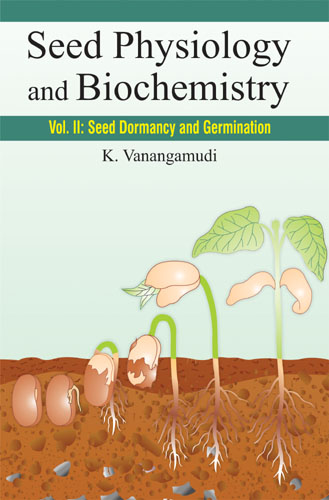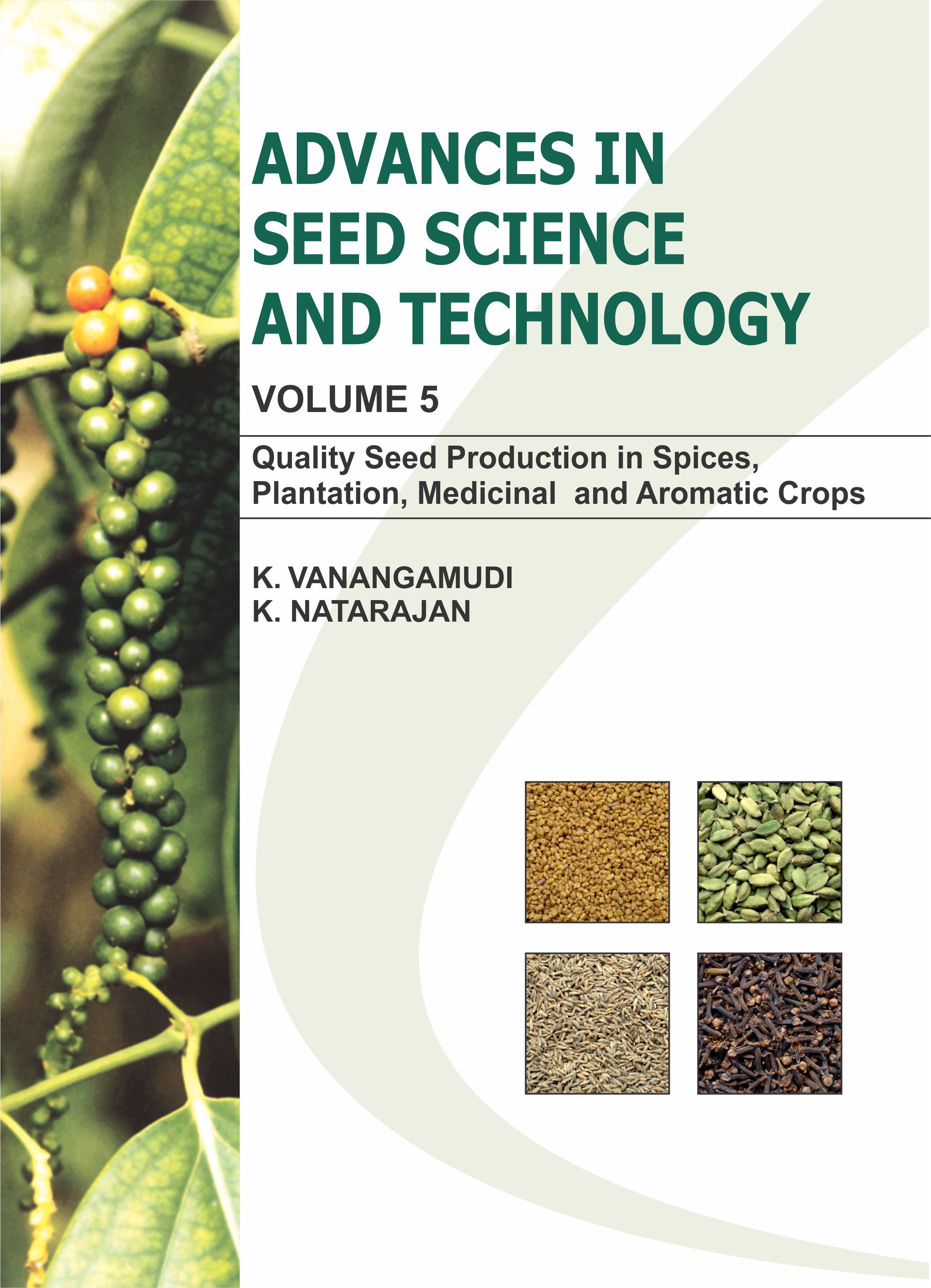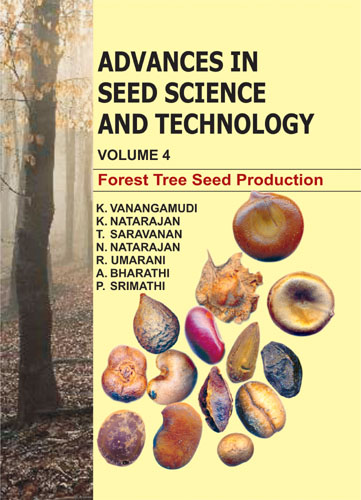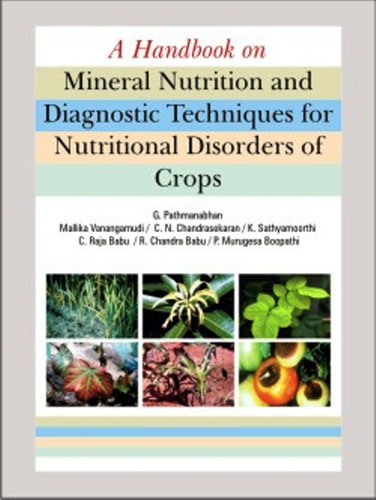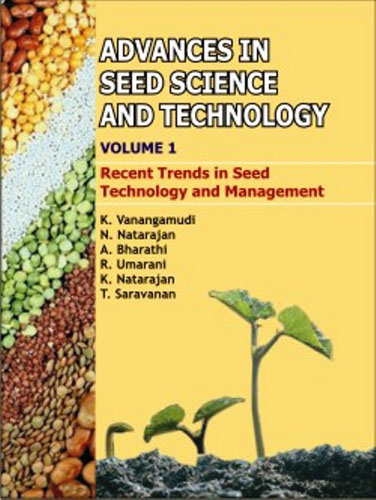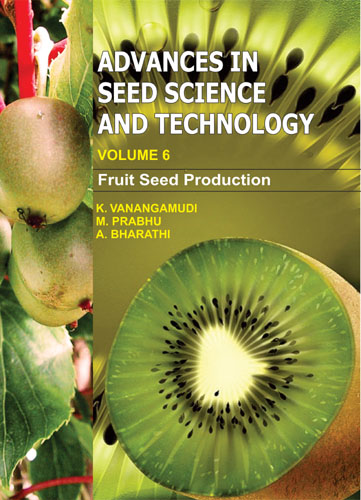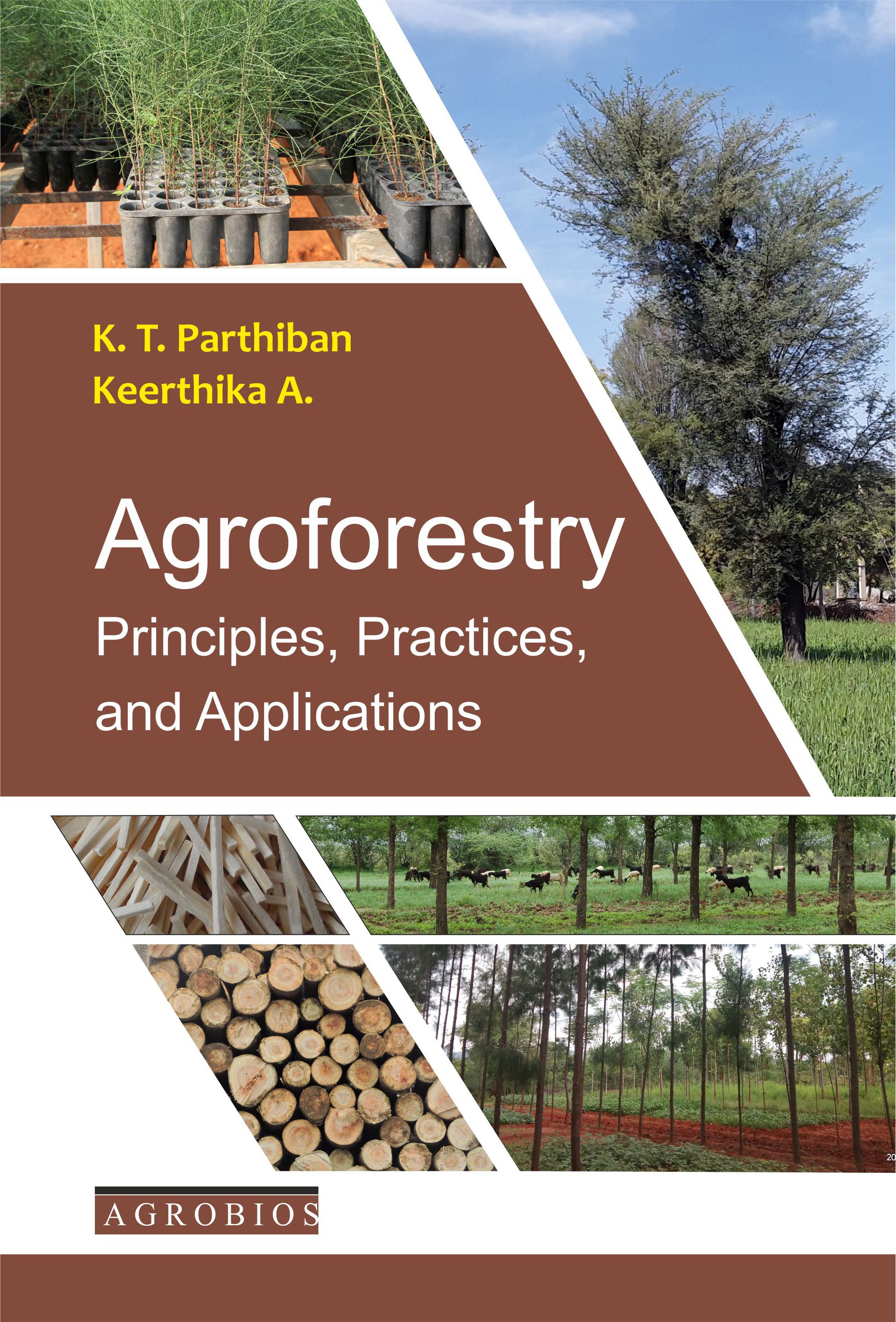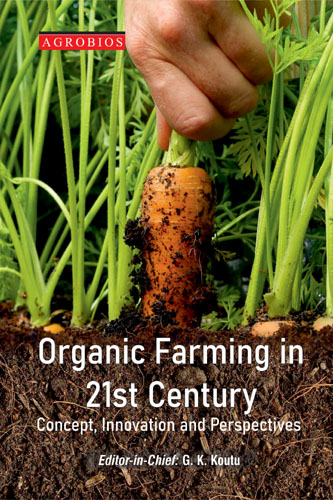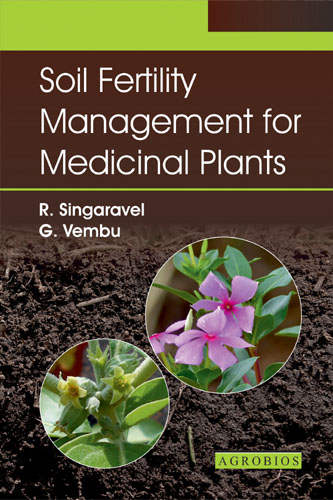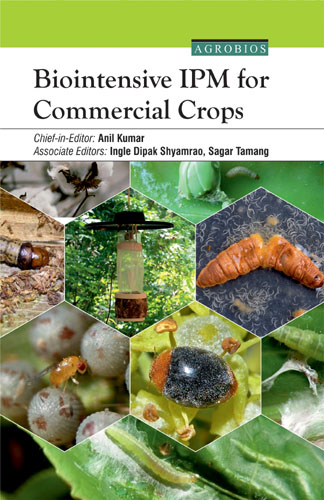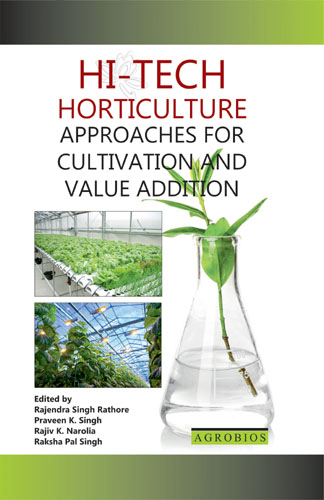Seed Physiology And Biochemistry (vol.1: Seed Development And Maturation) Hb
Physiology deals with the life processes of plants, concerning with the
functions of cells, tissues, organs or the plant as a whole. Physiology focuses
on how organisms, organ system, organs, cells and biomolecules carry out the
chemical or physical functions that exist in a living system. Biochemistry is the chemistry of living
things concerning with the structure and chemical processes of biological
molecules, including proteins, carbohydrates, lipids, and nucleic acids; the
mechanisms of enzyme action; the chemical regulation of metabolism; the
chemistry of nutrition; the molecular basis of genetics (inheritance); the
chemistry of vitamins; energy utilization in the cell; and the chemistry of the
immune response. Seed physiology is the study of functions and
processes involved in the seed development, in germination and its control, and
in the utilization of seed reserve during the early stages of germination and
seedling growth. Seed biochemistry is the study of chemical substances and the
initial process occurring in seed. The study of the chemistry behind biological
processes and the synthesis of biologically active molecules such as
carbohydrates, proteins and lipids are examples of biochemistry. Seed development is related with the synthesis and
storage of carbohydrates, protein and oil to supply nutrients to the geminating
seedling prior to soil emergence. Seed development occurs in several stages:
rapid cell division, seed fill and desiccation. Seed development plays a
fundamental role in the reproduction and in determining the economic value of
different crops. One purpose of studying seed development is to
specify the most adequate harvesting movement in terms of maximum accumulation
of biological substances and nutrients, and seed vigor, which coincide with
physiological maturity and further dehydration or desiccation to reach the
harvest point. It is essential to understand the genetic, biochemical and
physiological mechanism favoring a higher rate of incorporation of the main
reserve components in the seeds such as carbohydrate, protein, lipids,
minerals, growth hormones, secondary metabolites and other nutritional factors. A better understanding of phloem discharge may lead
to the optimization of reserve compound synthesis in seeds as well as the study
of metabolic pathways especially on key enzymatic steps, can potentially lead
to a better control of amounts or types of substances stored in the seeds. This document on Seed Physiology and Biochemistry
in relation to Seed Development and Maturation is compiled for the benefits of
Teachers, Researchers, Scholars and students who are involved in teaching and
research in the field of Seed Biology.
Dr. (Prof.) Vanangamudi K
 555
555
Table of Contents..
- The Cell And Its Organelles
- Embryogeny And Storage Tissue Formation
- Assimilate Translocation
- Starch Biosynthesis During Seed Development And Maturation
- Protein Biosynthesis And Accumulation During Seed Development And Maturation
- Lipid Biosynthesis During Seed Development And Maturation
- Hormone Biosynthesis And Accumulation During Seed Development
- Changes In Secondary Metabolites And Toxic Compound During Seed Development
- Possible Alteration In Metabolic Pathways During Seed Development And Maturation
- Desiccation Tolerance And Nucleic Acid Changes During Seed Maturation
- References
Book Details
Book Title:
Seed Physiology And Biochemistry (vol.1: Seed Development And Maturation) Hb
Seed Physiology And Biochemistry (vol.1: Seed Development And Maturation) Hb
Book Type:
TEXT-CUM-REFERENCES BOOK
TEXT-CUM-REFERENCES BOOK
No Of Pages:
336
336
Color Pages :
0
0
Color Pages :
0
0
Book Size:
AMERICAN ROYAL (6X9)
AMERICAN ROYAL (6X9)
Weight:
700 Gms
700 Gms
Copyright Holder:
All Rights Reserved
All Rights Reserved
Imprint:
M/s AGROBIOS (INDIA)
M/s AGROBIOS (INDIA)
Readership:
PG STUDENTS | UG STUDENTS |
PG STUDENTS | UG STUDENTS |




